Set Up: Divide your large group into smaller groups of 3 or 4 people.
Directions: Here’s the summary – have each of the small groups form a single file line in front of you with enough space between each other to move around. You will be teaching everyone to do a certain action based on a word that you give them. When you say "Switch" the player in the front of the line (in each small group), moves to the back of the line – have the group practice this a couple times - after saying "Switch" a couple times. When you say "Change" each line turns 180 degrees to face the opposite direction. In turn the person who started in the back of the line is now the new head of the line – have the groups practice this a few times until they are facing you again - say 'Switch" a few times. When you say "Rotate" the person in the front of the line goes to the back and the person in the back moves up to the front. Practice this a few times along with the other two words they know. All of this practice is done with all the lines staying in the same place.
To up the challenge add the word "Go" - This means each line is tasked to move forward together around the area. Then, be sure to teach them that when you say "Stop" all lines stop moving.
After some stationary practice, start the small groups moving forward on 'Go" – meaning, the person in the front of the line is leader who walks around the playing area while the rest of the group follows him or her. Now, use your signal words get the group to change people around – keep reminding them to keep moving if you haven’t said "Stop".
About 5 or 6 minutes of play works well. If the group is willing, have all the players put their bumpers up while in their line and then have everyone close their eyes for some moving and changing around. Be mindful to call "Stop" if you anticipate any danger.
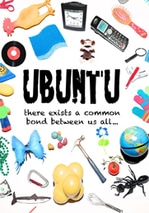
Ubuntu Cards - HERE's a link to information and activities for the cards. One of Michelle's favorites with the cards is having the pairs of players find something they have in common with each other after they discover the common image on their two cards.
The 'process' involves the group circling up and connecting together (or not if it's not a good idea) - like arms over shoulders or linking elbows. Everyone begins to, slowly, shuffle to the right (the circle turns) until someone says "STOP". This person then shares something they learned (or whatever you set up) during the day. When this person is done they call out the direct the circle will move next - "Shuffle left!" This process continues with "Stop" and "Shuffle" until it appears everyone is done sharing. You can then call "Stop" to share a final closing thought and thank you. (Of course, more detail are provided in the book.)
Falling Star
Needs: A number of tossable objects and one “final” tossable – a Star, a Roll of Tape, a Rubber Chicken. Numbers: Works well with 8 to 14 players. Process: Circle up your group with players starting out about one arms length (both arms stretched out) from each other. To begin with, using a star (or Roll of Tape or….) as the final object, say something like:
This activity will be played in a number of steps – this number will be determined by you. The objective of the activity is to ultimately catch this star [I hold up the star for them to see]. Now, the entire group, by consensus, must agree to when the star will be tossed and ultimately caught. Before each step I will ask you, ‘Do you want to go for the star or another object?’ [At this point I hold up one of the other objects in my other hand.] The challenge level of this activity increases as more of these objects are added to the process.
Once you’ve introduced the activity (with still a bit of mystery to it) you can deliver the remaining stipulations as needed. I often just get started and add the rules to the process when the group needs to know them.
After asking which object the group would like you to use, you will always toss the object chosen with a nice high arch on it and an aim of landing in the center of the circle. Before you toss the first object, tell the group what it will look like (i.e., a high toss into the center of the circle) and let them know that someone from the group must catch it if you want to move ahead. Ask them, “Are you ready for the toss?” If the group tells you they are not ready, give them some time before asking again. If the group does not stop you, say, “1, 2, 3, toss” – then send the object out into the circle. If the object is not caught, have someone pick it up and toss it back to you and start the process again. Ask which object they want you to use, then ask if they are ready, and then toss.
If someone catches the first object you can now add more rules. The group must always start each step of the process (before a toss) in the large circle formation. Every object held by a player in the circle must be tossed at the same time when you call “1, 2, 3, toss” (all objects tossed on the word “toss”). Each object, including the one tossed by the facilitator, must be arched up at least three feet above the tallest player in the group and must be caught by someone in the group other than the person who tossed it. (Will you, the facilitator, be allowed to catch an object? This would be something interesting to consider.) If, at any time, any object touches the ground after the toss, all the objects are given back to the facilitator and the game starts over with one object. Also, if there are any unsafe situations (close calls) that occur during the activity (deemed by the facilitator) all the objects are returned to the facilitator and the game starts over. You might have to explain what a close call is if you think your group needs this information.
So, now that there are two objects out there, “Which object would you like me to toss? Okay. Are you ready? [if you don’t hear anything to the contrary…] 1, 2, 3, toss!”
Thanks for sharing with us Michelle!!
Chris Cavert, Ed.D.


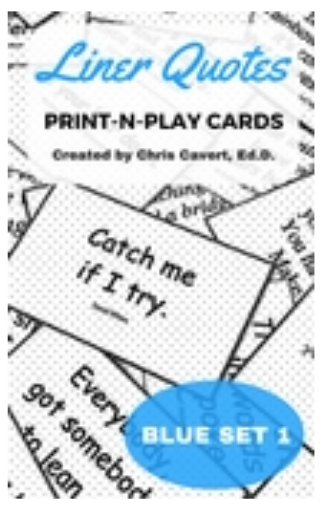
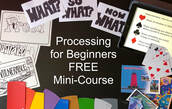

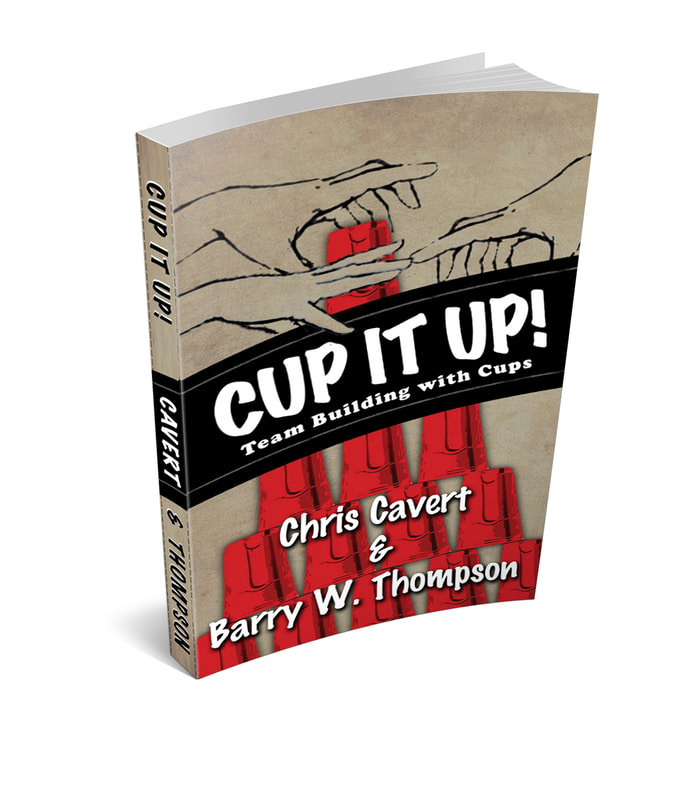
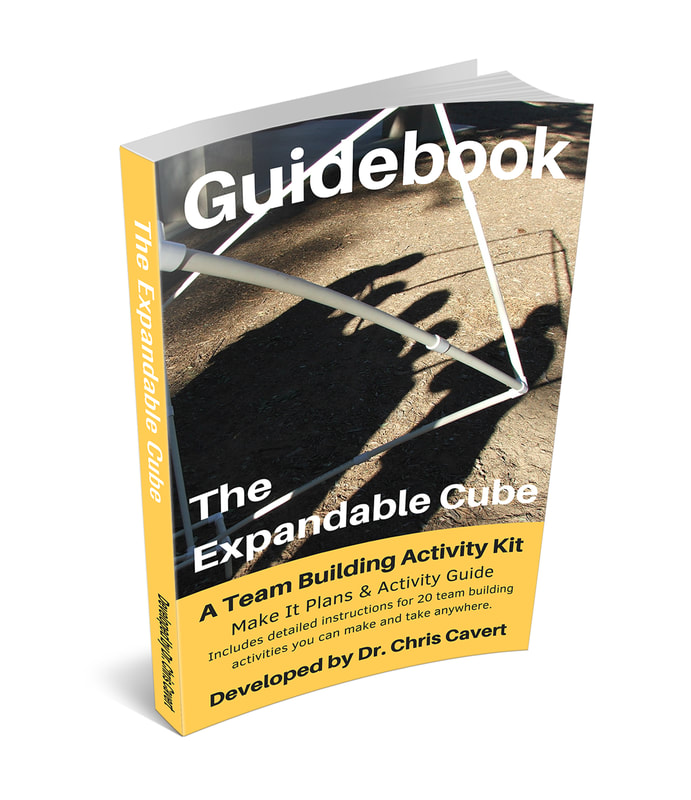
 RSS Feed
RSS Feed